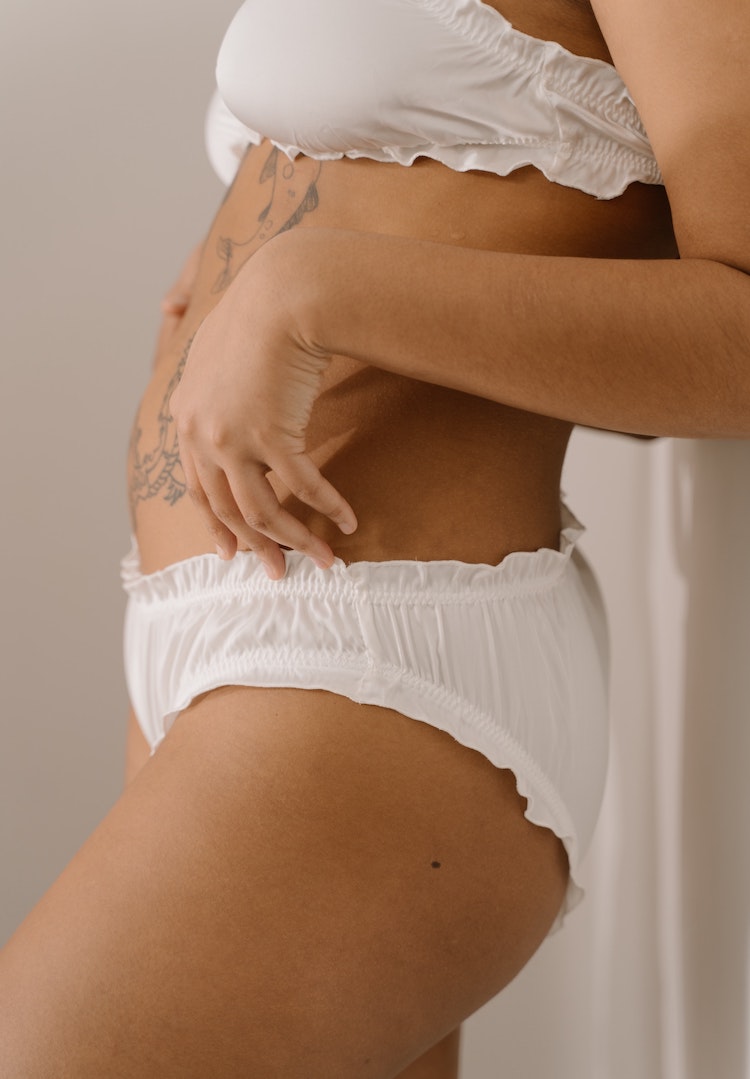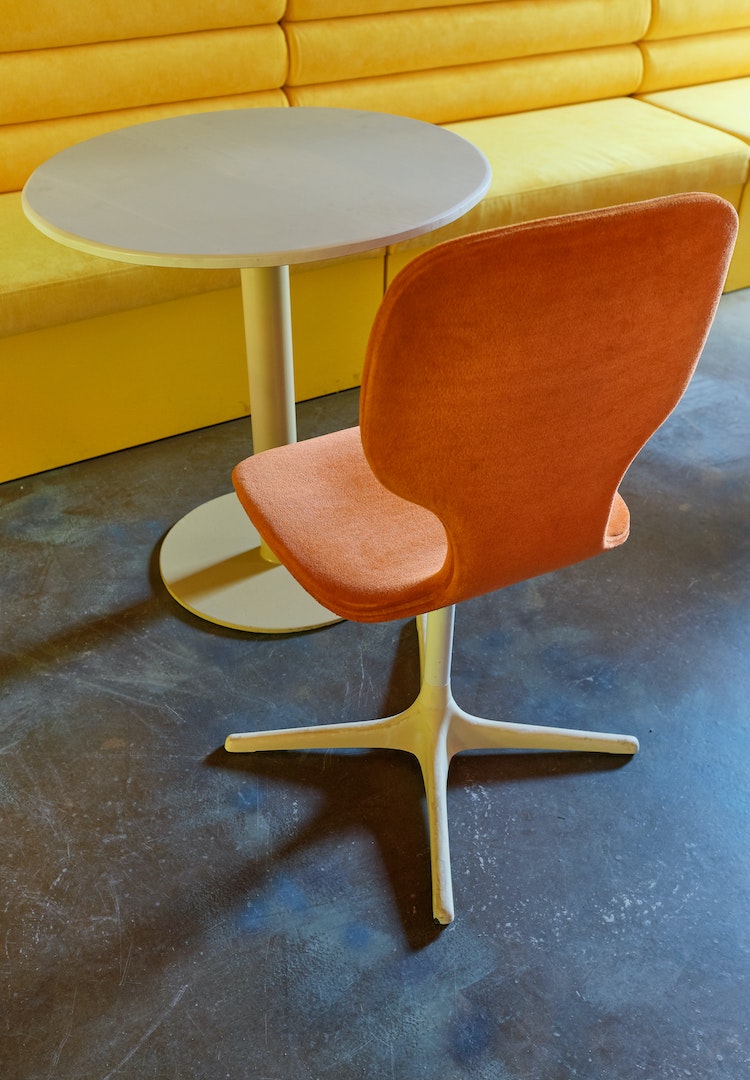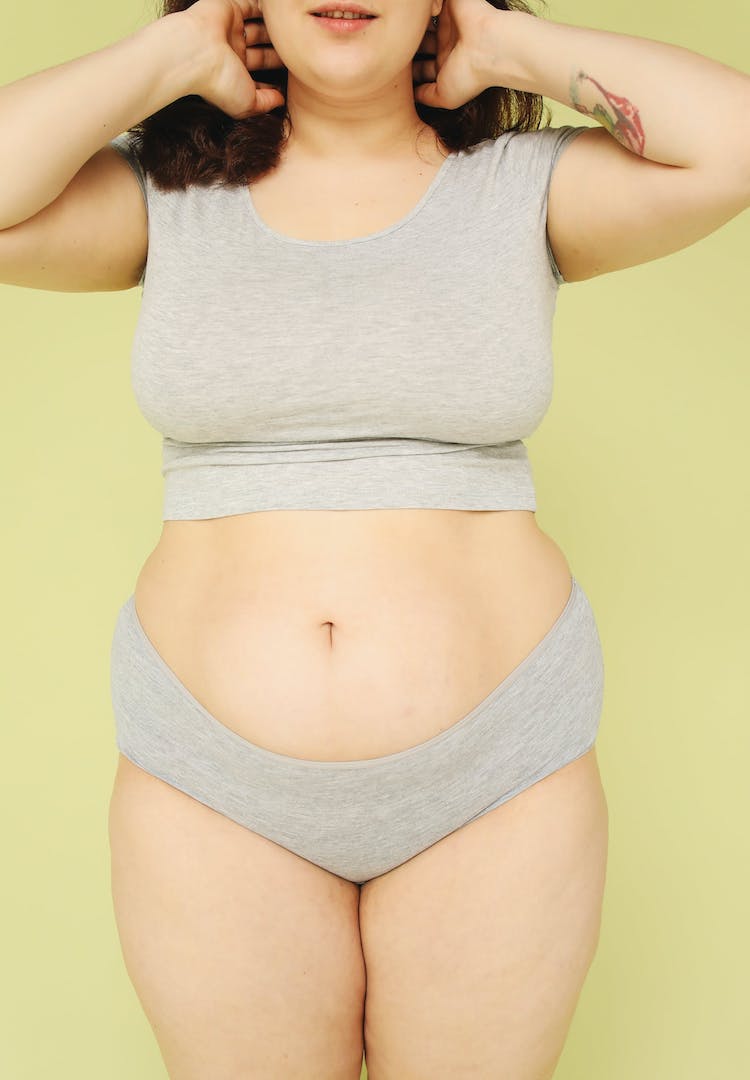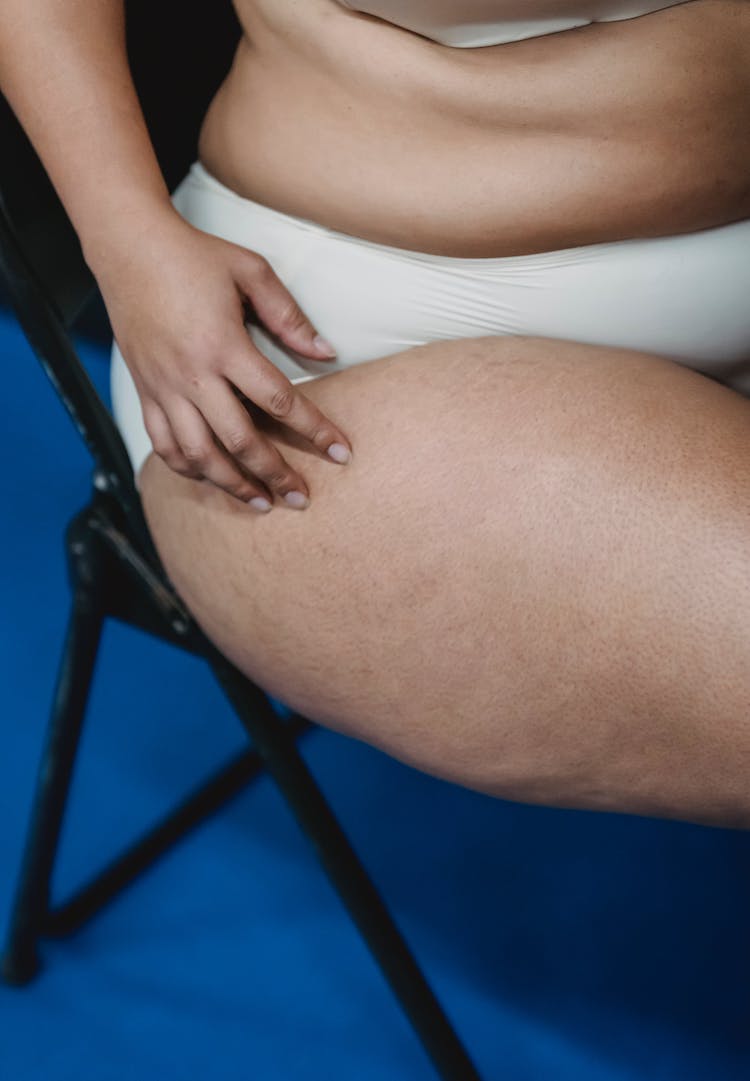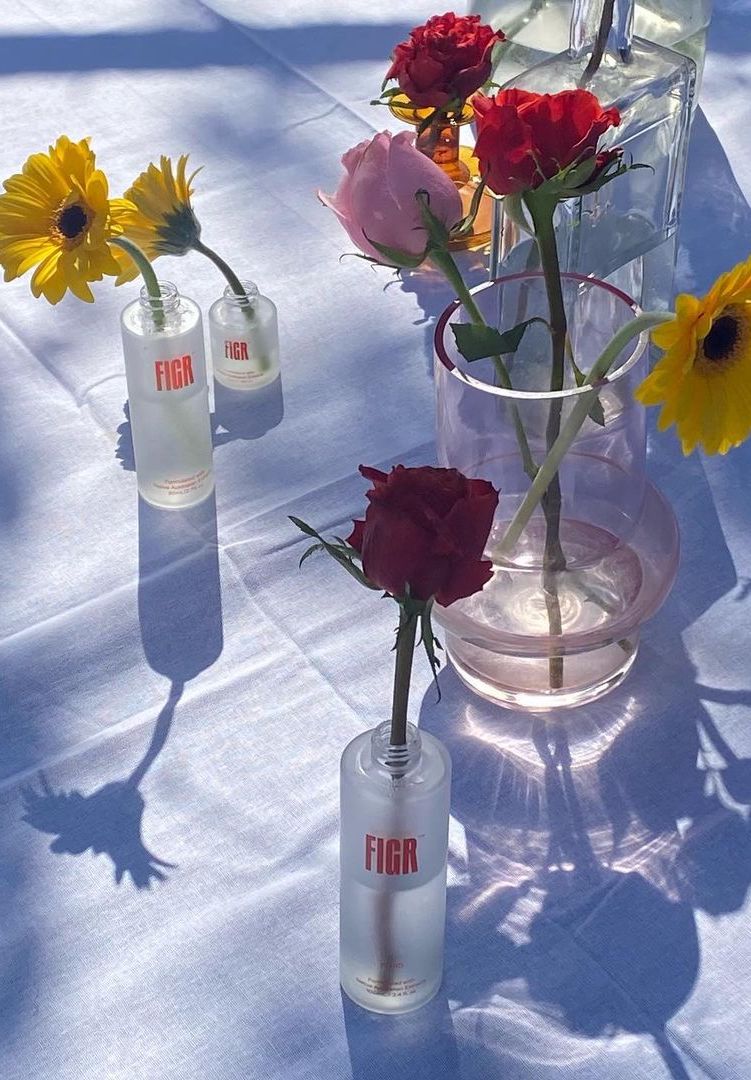Everything you need to know about the upcoming changes to cervical screenings in Australia
WORDS BY EMMA ANVARI
Because your cervical health doesn’t have to be scary.
I think it’s pretty safe to say the sentence “I’m so excited for my first pap smear” has never been uttered by anyone with a cervix, ever. It’s just that somewhat annoying checkup you have to start doing in your mid-20s that no one talks about.
But what if I told you there was no reason for this dreaded appointment to be anything but comfortable, pain-free and relaxed? Better yet, what if you could be in control of your next screening? Thanks to changes to the government-run National Cervical Screening Program (NCSP), this will now be possible.
For more content like this, tap through to our Life section.
As of July 1, anyone with a cervix will be entitled to ask their GP to opt for self-screening – a game-changing option that will help to break down the stigma around getting tested.
The reality is that the whole cervical screening process seems to be something people avoid thinking about until they hit that 25th birthday milestone. And to be completely honest with you, I totally get it. From speculums to samples, swabs and even the name of the test itself – ‘cervical screening’ – the whole process brings images of rubber gloves, cold hands and metal instruments to the front of your mind.
This is something Katie Norbury, the creator of the @getpapped Instagram page and cervical screening advocate, said she noticed when her first pap smear results came back abnormal and she was recommended to see a gynaecologist for a biopsy.
Because of her own experience, she created a safe community for women to share their experiences and access resources on what to expect, including tips on how to find a GP who will prioritise their comfort and safety during the process.
“A lot of the information online was very medical and very frightening. I cried for days leading up to the biopsy and that real fear that I was going through is kind of what led me to start @getpapped,” she explains.
“Everything I saw was clearly written by someone older than 25 who could not relate to the first cervical screening experience so, although @getpapped is about having regular screenings and is totally open to anyone to follow, my main target is really that first screening situation, being brave enough to book and being open to the conversation.”
According to the Cancer Council, almost all deaths from cervical cancer are actually made up of people who have either never had a screening or have fallen behind on regular checkups. Last year alone, it was estimated that over 900 women were diagnosed and over 200 women died from cervical cancer. Self-screening promise to break down some of the barriers to getting tested, something Katie says she is excited about.
“It is amazing when you think of all the minority groups, Indigenous Australians, people whose religions do not allow or don’t encourage it, or people in remote and rural areas who do not have access to a regular GP who are going to get a cervical screening because of self-screening. I spoke to one of my friends who is in a same-sex relationship and she is actually going to get her first one because of self-collection.”
Australia will be the only country in the world offering universal access to self-screening so, if you’re overdue for your test, are about to turn 25 or would simply just rather do it yourself, keep reading to see if this option is the right one for you.
So, what is self-screening?
Self-screening is a process where you use a swab, kind of like a cotton bud, to collect your own vaginal sample instead of your GP and without the need for a speculum. You’ll be given a set of instructions to help guide you through the process of collecting your sample before providing it back to your GP for HPV testing. And, if you’re anything like me, you’ll be very glad to know there is no need to reach all the way to your cervix for the test to be completed properly.
Surprisingly, research has shown that self-screening is just as accurate at detecting HPV as the normal clinician-collected test. So, you can rest assured it isn’t a risky option and you certainly won’t be doing your sexual health a disservice by electing this option.
In fact, this isn’t even a new form of testing. Self-screening has actually been around for a long time but access to it has been limited to people over 30 who had either never had a test before or were overdue. Thankfully these old restrictions are getting the boot so this under-utilised option can benefit the whole cervix-owning population.
Should your results come back positive for any form of HPV, you’ll then be asked to book an appointment for a normal cervical screening test from your GP or a doctor you’re comfortable with to help you with any diagnosis. If you don’t feel comfortable with your current GP, the Get Papped website has a directory of over 450 recommended, tried and tested practitioners from all around Australia for you to try.
At the end of the day, it is your screening and we often forget that we are actually in control. If you stop feeling comfortable at any time or do not feel like the doctor is a good fit for you, then you can leave. This applies to both self-screenings and the traditional GP-led test.
What is the test looking for?
Cervical screenings replaced the traditional pap smear, which was required every two years, back in 2017. These tests look to identify the human papillomavirus (HPV) which is a sexually transmitted infection that is symptomless and can go away by itself but can also cause serious illness.
It’s responsible for almost all cervical cancer, 78 per cent of vaginal cancers, 90 per cent of anal cancers and 25 per cent of vulva cancers. It’s also not exclusive to cervix-owners by any means and also impacts men.
The majority of the time, the human body will get rid of HPV on its own. But there are a few high-risk types of HPV that are classified as ‘persistent’ HPV and these lead to the growth of cancer cells. These high-risk types are why it is so important to get tested on time so treatment can begin.
When should I get tested?
It’s recommended that anyone with a cervix book their first screening at 25 years old with follow-up screenings every five years. It’s considered extremely rare for women younger than 25 to get a cancerous strain of HPV, particularly because the majority of women currently under this age were recipients of the HPV vaccine introduced back in 2007.
However, you should tell your doctor as soon as possible if you think you are experiencing abnormal symptoms. These include unusual vaginal discharge, pain during or bleeding after intercourse, bleeding between periods, vaginal bleeding after menopause, or just generally longer and heavier cycles than usual.
Once you are 74 years of age, and granted that your results are normal, you will no longer be required to be tested. If you’re opting for the traditional test, remember you can always ask to listen to music, for a smaller speculum, to pull your mask down for deep breathing, to be distracted by a nurse or even ask the doctor to talk you through what they are doing. Remember, you are in control!
Regardless of what testing form you choose, it’s absolutely vital that you book your regular screening on time. If you’re still feeling unsure, look into resources from organisations like the Cancer Council or Instagram pages like @getpapped to get all the information you need to feel comfortable and prepared. Whether it is your GP or you doing the test, remember your cervical health doesn’t have to be scary.
For more on self-screening, try this.


